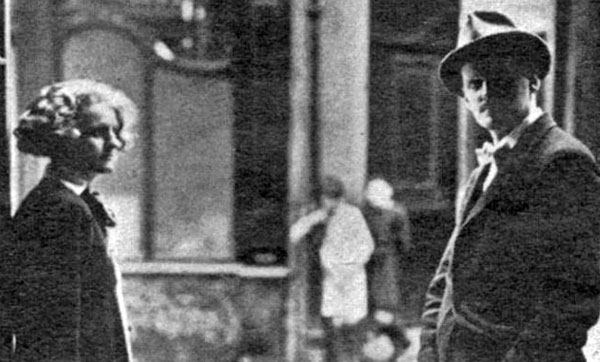by Thomas O’Dwyer

Has it been a hundred years? It seems longer! In Ireland, more Joycemania is upon them. On February 02, 1922, the Paris bookshop Shakespeare & Company published Ulysses by James Joyce, a novel that potential publishers had already rejected with vague mutterings about bargepoles and other icons of untouchability. It was not a bookshop business that accepted the risk, but its young owner Sylvia Beach, a literary mother-hen clucking with affection around many impoverished and not yet famous expatriate writers. A hundred years on, Ulysses still sits on many bookshelves alongside 1984, A Brief History of Time, and In Search of Lost Time, in that category of books that everyone claims to have read but usually hasn’t. (That doesn’t include Joyce’s Finnegans Wake, which nobody in their right mind admits to having read). But in truth, I have read Ulysses four times and have given a few public talks on the novel and the 1967 Joseph Strick film that attempted the impossible by bringing it to a broader – or slightly less narrow – audience. My first reading was a classically 1960s cliché; not so much reading as dipping in and out of, along with two student friends.
We would sit on the floor of a one-room flat by the canal at Mount Street Bridge in Dublin, fuelled by flagons of cider that cost half an Irish pound. As only students can achieve, we managed to be both uncomprehending and pretentious. But since there was no one else around, we were just semi-literary trees falling unheard in the urban forest. Ulysses does that to young minds – or at least it did in those ancient times. The detractors of Ulysses were many. It was banned; it mocked the Church; it had raw sex, scatology and foul language. Of course, it was a work of literary genius, we all agreed, though we would have been hard-pressed to define what that was. Read more »

